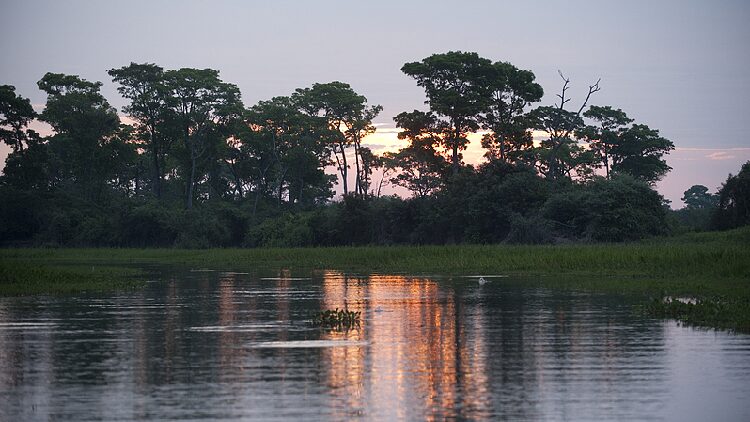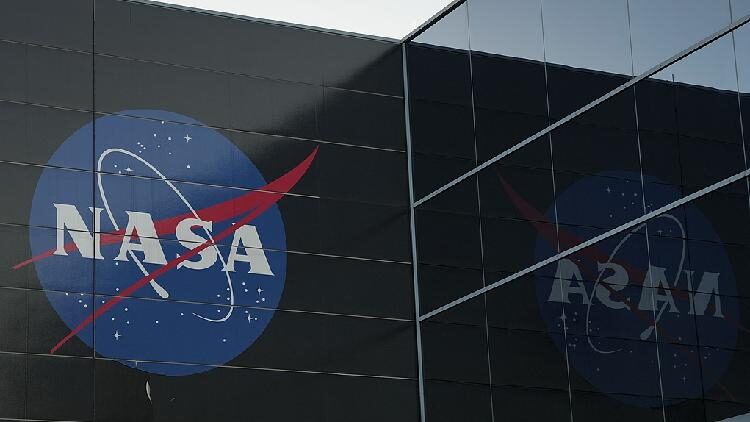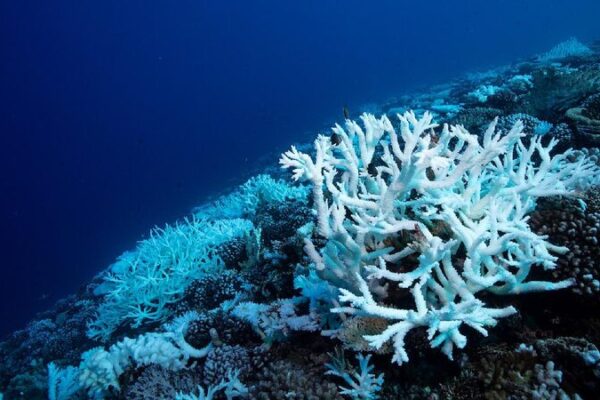Methane emissions from tropical wetlands are surging, posing a significant threat to global climate goals, scientists warn.
New research shows that warming temperatures and increased rainfall in tropical regions are causing wetlands to release more methane than ever before. This alarming trend could undermine efforts to limit global warming, making it harder to achieve the targets set in international climate agreements.
“Methane concentrations are not just rising, but rising faster in the last five years than any time in the instrument record,” said Rob Jackson, an environmental scientist at Stanford University and chair of the Global Methane Budget project.
Methane is a potent greenhouse gas, trapping 80 times more heat than carbon dioxide over a 20-year period. Although it remains in the atmosphere for a shorter time than CO2, its immediate impact on global warming is significant.
Why Are Wetlands Releasing More Methane?
Wetlands store vast amounts of carbon in dead plant matter, which slowly decomposes. Rising temperatures speed up this process, leading to increased methane production by soil microbes. Heavy rains, often associated with climate patterns like La Niña, expand wetlands, further boosting methane emissions.
Recent studies point to regions like the Congo Basin, Southeast Asia, and the Amazon as major contributors to the methane surge. Data published in March 2023 in Nature Climate Change indicates that annual wetland emissions over the past two decades were much higher than scientists had projected.
Implications for Climate Action
For countries striving to combat climate change, this unexpected rise in natural methane emissions presents a challenge. “This has major implications when planning for methane and carbon dioxide emissions cuts,” said atmospheric chemist Zhen Qu from North Carolina State University.
If wetland methane emissions continue to rise, governments may need to take stronger actions to reduce emissions from human activities, such as fossil fuels and agriculture, to meet climate targets.
Global Response and Future Steps
Global efforts to reduce methane emissions focus largely on man-made sources. More than 150 countries have pledged to cut methane emissions by 30% from 2020 levels by 2030. However, the rise in natural emissions underscores the need for comprehensive strategies that also consider natural factors.
In the United States, regulations have been implemented to reduce methane emissions from the oil and gas industry. Satellites have detected numerous methane leaks worldwide, highlighting the importance of monitoring and rapid response.
Scientists stress the importance of continued research and monitoring of methane emissions from wetlands to better understand and address the issue. “We should probably be a bit more worried than we are,” said climate scientist Drew Shindell of Duke University.
As the world works towards limiting global warming, understanding all sources of greenhouse gases is crucial. The surge in methane from tropical wetlands serves as a reminder of the complex challenges in fighting climate change and the importance of swift, coordinated action.
Reference(s):
Methane from tropical wetlands is surging, threatening climate plans
cgtn.com







